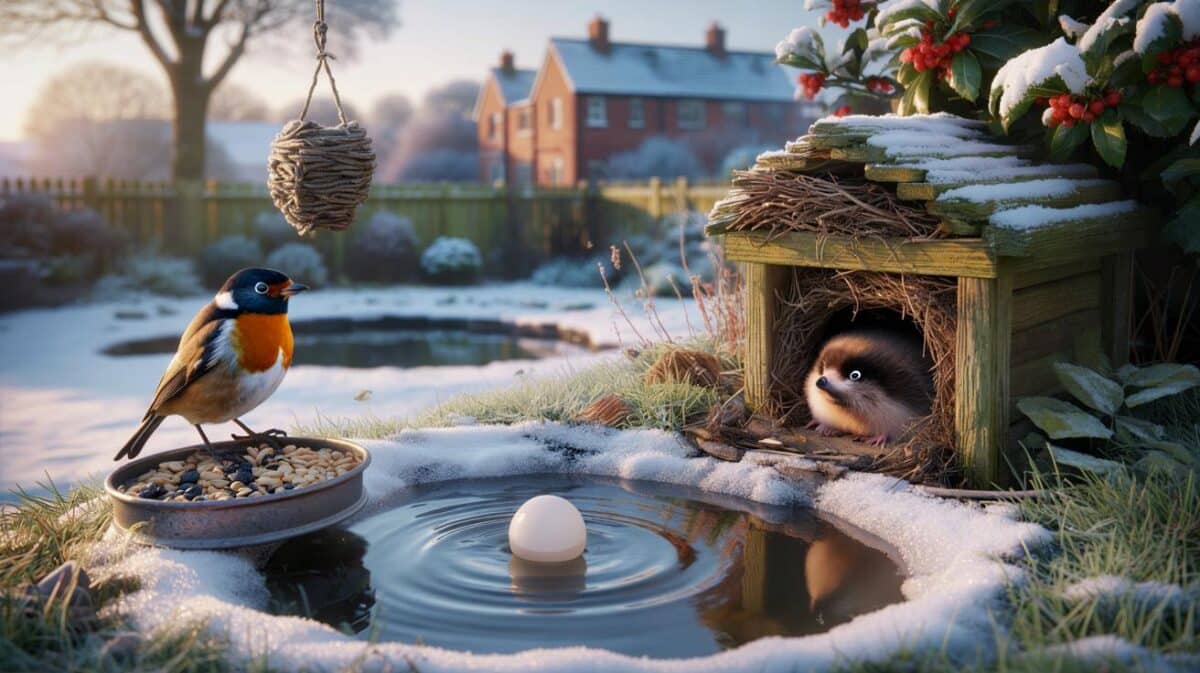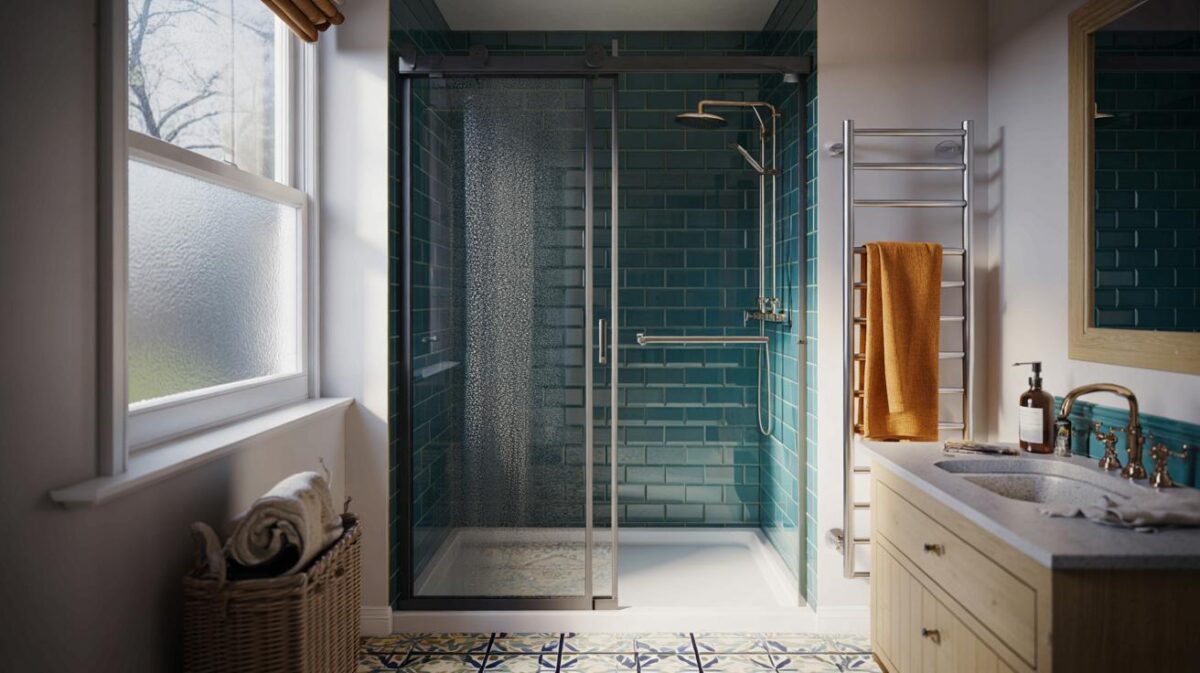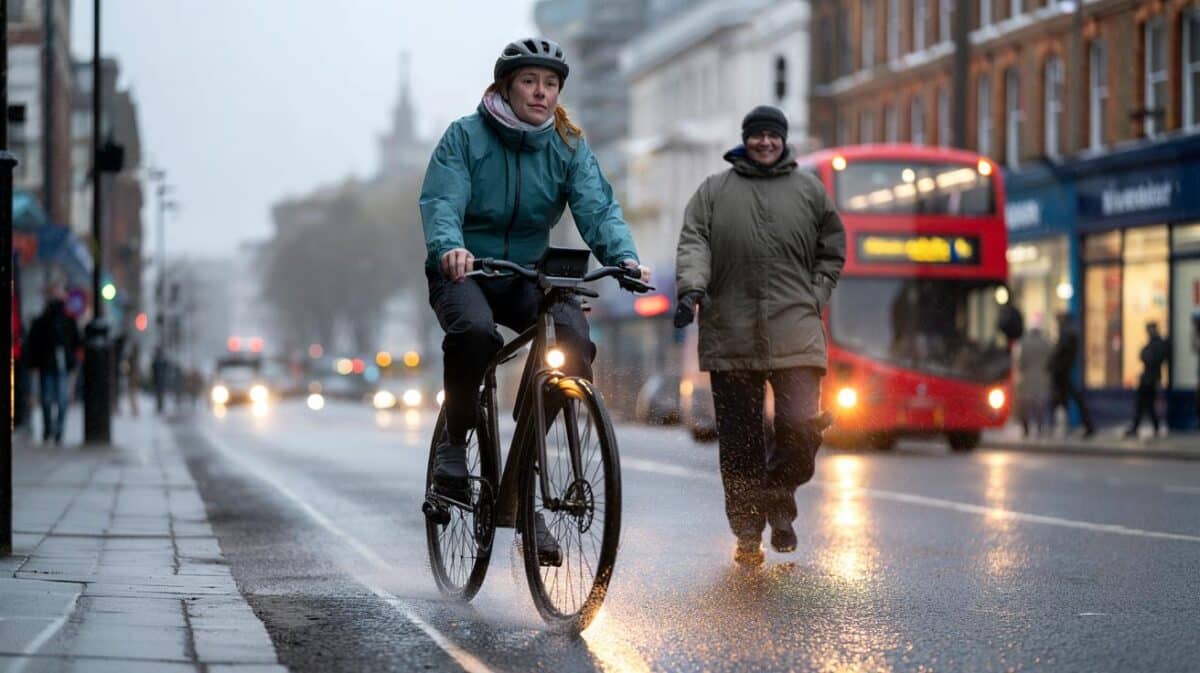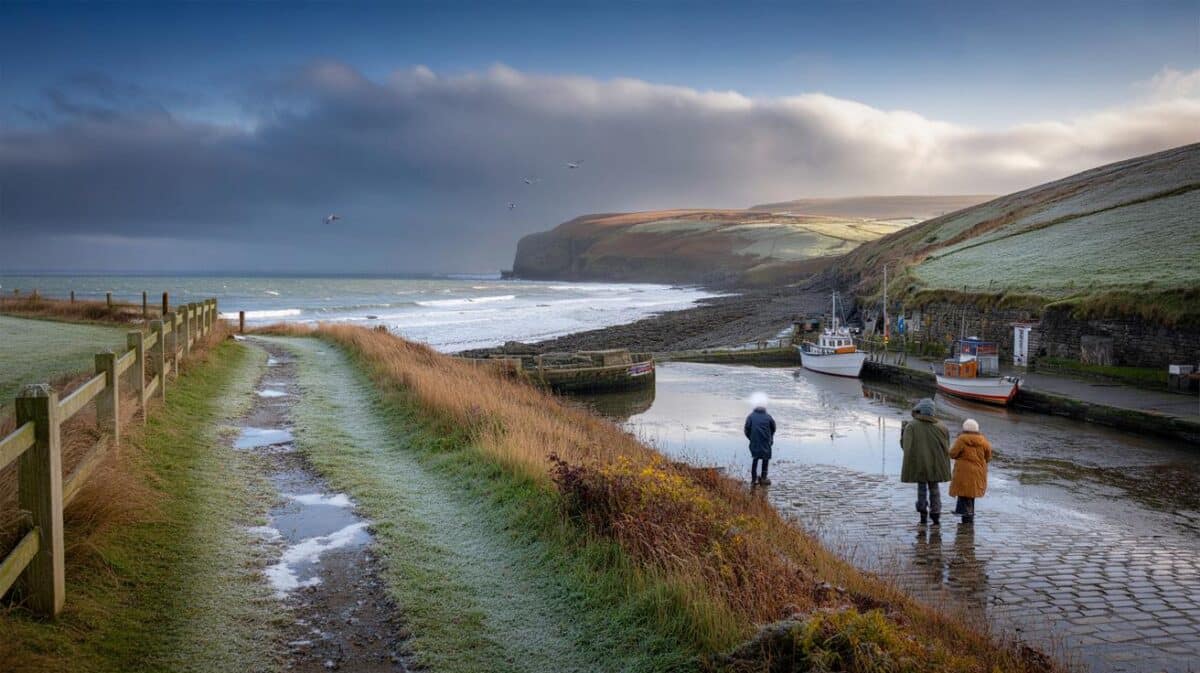Fresh maps hint at a wider change on the way.
Britons face another wintry snap within days as modelled maps signal a band of **snow** stretching the length of the country. New charts suggest a sharp **Arctic blast** on **November 20**, lining up with existing warnings for rain and strong winds in several regions.
Weather graphics from **WXCharts**, built using MetDesk data on 13 November, point to a potential 505-mile corridor of wintry precipitation. The Met Office has already flagged yellow and amber alerts for heavy rain and gales in the run-up, with the risk described as a danger to life over the weekend. And colder air is waiting in the wings.
New UK weather maps point to a 505-mile swathe of snow
The latest model output indicates a broad zone of snowfall tracking from the far north down towards the Midlands on Wednesday. The footprint runs from Wick through the Highlands and into central belts, before the band weakens further south near Stoke-on-Trent. That ribbon sits alongside pulses of heavy rain, which the maps also show feeding into the mix.
Forecasters expect a widespread dip in temperatures as the day begins. The guidance suggests most towns and cities in the **UK** could wake to 0C or below in the early hours, with colder pockets well inland. It reads as a classic northerly, the type that makes roads slick and mornings feel raw.
Scotland looks to take the first and sharpest hit. The maps highlight parts of Wick, Inverness and the wider **Scotland** Highlands for the heaviest bursts, which is no surprise when winds arrive straight off the Arctic. And yet, the cold signal is not confined to the north.
Where -7C could bite first, from Wick to Stoke-on-Trent
Temperatures vary across short distances in this set-up, but the modelling keeps circling the same hotspots. Readings in the north are shown hovering between -4C and -3C for a time, while a colder core emerges further south in the Highlands and central belt. Around Pitlochry, Perth and Glasgow, overnight lows are flagged as **-7C**. Some districts near Newcastle also nip down to that mark.
- Scottish north and Highlands from Wick to Inverness between -4C and -3C in the period shown
- Coldest zone around Pitlochry, Perth and Glasgow near **-7C**, with nearby patches around Newcastle close to that
- Birmingham, Manchester, Stoke-on-Trent, Newcastle and Leeds modelled around -6C to -5C in the same window
Those figures tell only part of the story, because a brisk northerly will make it feel even sharper on exposed hills and coasts. Roads that are wet from earlier showers could turn icy before dawn, while rural spots face a hard frost. The Met Office also signals a chillier weekend, with overnight frosts and scattered showers continuing in places.
For commuters, the timing matters. The coldest tempertures appear in the small hours, then ease slightly by late morning as cloud and showers shuffle through. That short thaw risks slush on untreated routes, so local travel updates will matter as conditions flip between snow, sleet and rain.
What the Met Office expects as the cold snap unfolds
The long-range outlook for 17 to 26 November keeps the same theme. Many areas start cold yet bright with spells of sunshine, while showers pepper northern and eastern coasts. Over higher ground those turn wintry, and the far northeast could see flakes even to lower levels for a time. A brisk northerly wind amplifies the chill, with widespread overnight frost, especially across northern counties.
Towards the middle of next week, guidance points to a belt of rain and stronger winds moving southeast across much of the country. That brings a short-lived, less cold interlude, so a day or two will feel easier. Then the pattern flips back to a colder northerly feed, and wintry showers return to familiar coastal hotspots.
Confidence dips a touch into next weekend. High pressure may try to settle things down for a spell, softening the winds and calming the showers. Later in the period, signals tentatively shift towards something milder, wetter and windier pushing in from the west. That would end the frosts for a while, but it keeps the umbrella close.
In the near term, the headline stays the same. A broad, modelled **snow** band aligns with a midweek **Arctic blast**, with lows near **-7C** in places and 0C or below for many at dawn on **November 20**. The **Met Office** alerts for rain and wind this weekend set the scene, and the crisp air follows close behind.









